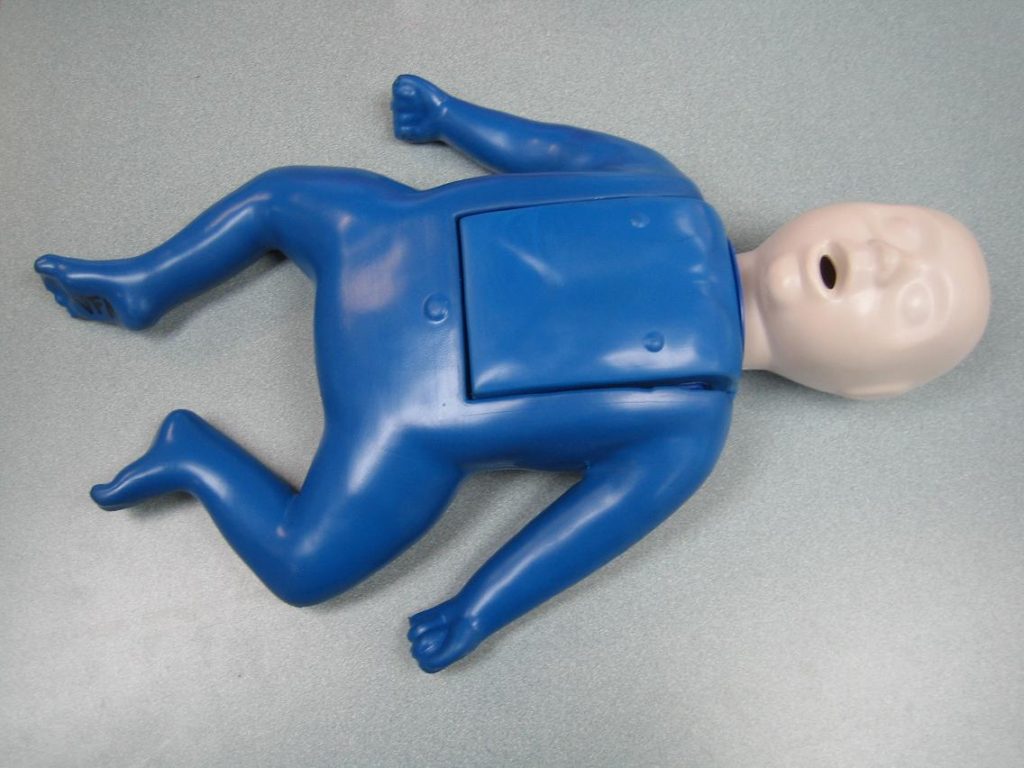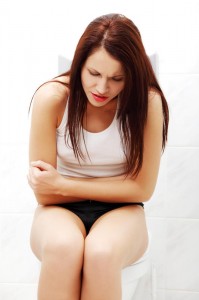Menstrual cramps are described as dull and throbbing pain that can be felt by women in the lower abdominal area. Most girls and woman have menstrual cramps during their period or before beginning of the cycle but the intensity can vary. In some women, these cramps can be a minor inconvenience or discomfort, but in some cases these cramps can be severe that causes disruption of regular activities such as going to work or school, performing exercises and playing in sports. On the other hand, there are some women who do not have any cramps at all.
There are two types of menstrual cramps – the primary and secondary. The primary type usually begins 1-2 years after the woman begins having menstruation. Pain in the lower abdomen or back which can be mild to severe. The secondary type can be caused by certain conditions in the reproductive organs. The cramps start earlier in the cycle and last longer than the common menstrual cramps.
Factors that increase the risk of suffering from menstrual cramps includes a family history, reaching puberty stage at an early age such as 11 or younger. Women suffering from metrorrhagia or irregular menstrual bleeding can also have menstrual cramps. And unhealthy habits such as a sedentary lifestyle, smoking, excessive drinking of alcoholic beverages and using illegal drugs.
Symptoms
- Feeling of pressure in the abdomen
- Aching pain in the abdomen that can be severe
- Pain in the hips, lower back and the inner thighs
- Nausea and vomiting
- Loose stools
- Dizziness
- Profuse perspiration
- Uneasiness
Aching pain can be felt in the abdomen that can be severe - Backache and mood swings
Causes
- Menstrual cramps are caused by the contraction in the uterus which is a muscle. If the contraction of the uterus is too strong, it can press against neighboring blood vessels, thus cutting off the supply of oxygen to the tissue of the uterus and result to pain.
- Pelvic inflammatory disease which affects the reproductive organs among women.
- Growths that are non-cancerous on the lining of the uterus or uterine fibroids
- Endometriosis
- The opening of the cervix is small which lessen the flow of blood and cause increased pressure on the uterus and result to pain known as cervical stenosis.
- A condition where the tissues that lines the uterus begins growing into the muscular uterine walls known as adenomyosis.
Treatment of menstrual cramps
- Take plenty of rest.
- Take over-the-counter pain medications such as naproxen as soon as cramping and bleeding starts.
- Place a heating pad or hot water bottle on the lower back or the abdomen. Another way is taking warm bath which is also beneficial for the condition. The application of the hot pads helps lessen the cramps and other uncomfortable symptoms.
- Avoid foods that contain caffeine and salt
- Massage the lower back and abdomen.
- Perform exercises regularly in order to help lessen menstrual pain and cramps. Try to include exercises in the weekly routine.
FACT CHECK
https://www.webmd.com/women/menstrual-cramps#1
https://www.mayoclinic.org/diseases-conditions/menstrual-cramps/symptoms-causes/syc-20374938
https://www.everydayhealth.com/treatment/womens-health/ways-to-relieve-period-cramps/


